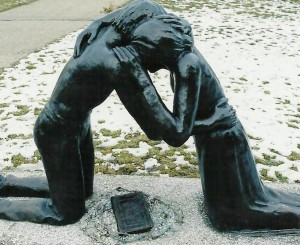
Visiting a war museum is not a pleasant or comfortable experience and I have left the ones I have visited in tears. Many of the images and artefacts are deeply disturbing, exposing me to atrocities that I cannot possibly imagine. I personally feel that it is important to understand the tragedies of the countries that you visit because it is only when you have seen how much a country has suffered that you can appreciate the spirit of the people who live there. What always amazes me about every war museum that I have visited is the sense of human courage and the spirit of endurance that lingers long after the images have begun to fade. Here is a selection of my most memorable.
Wall Memorial & Checkpoint Charlie, Berlin
Perhaps not technically a war museum, Checkpoint Charlie focuses on how unresolved issues of the Second World War led to the division of East and West Berlin. Unlike the other museums on my list this is history that I remember, well the coming down of the wall at least. As a child I remember the grainy images on TV depicting hoardes of people atop the wall clutching any weapon they could find and hacking into the construction that had oppressed them for so long. I didn’t understand what it meant then but those images were powerful when I looked around the museum and finally understood. Of course the museum suffers from the bias that you might expect from any war museum “Yes, we admit that the Nazis killed a few million people but what about Stalin? Look what he did!!” but it does not shy away from the atrocities committed and there are some harrowing stories.
The Wall Memorial, in comparison, was a far more poignant reminder. I was surprised to find parts of the wall both with and without graffiti, still standing in many parts of town, and to see the way that a line where the wall once stood still cuts a path through the city dividing buildings as it goes.
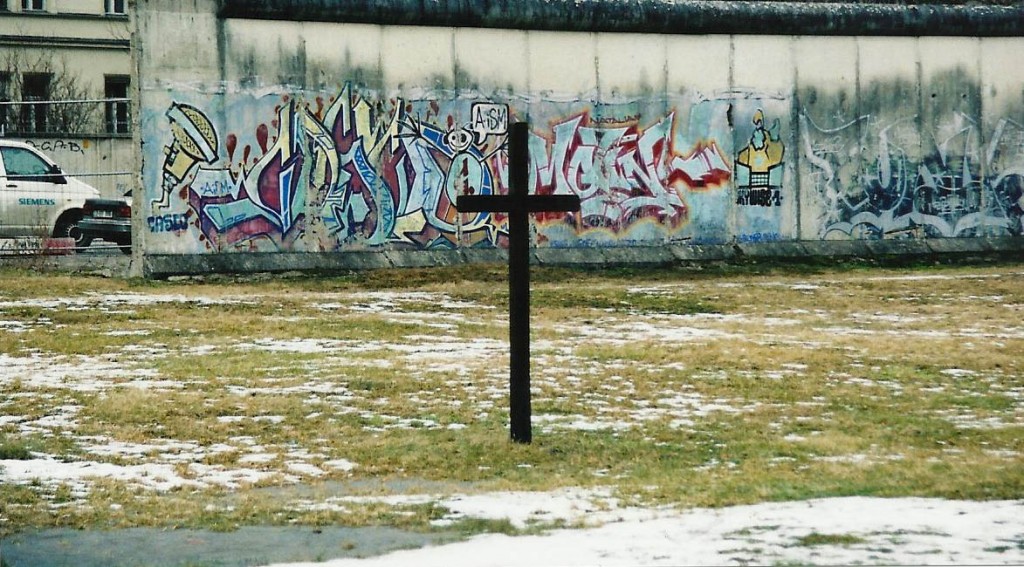
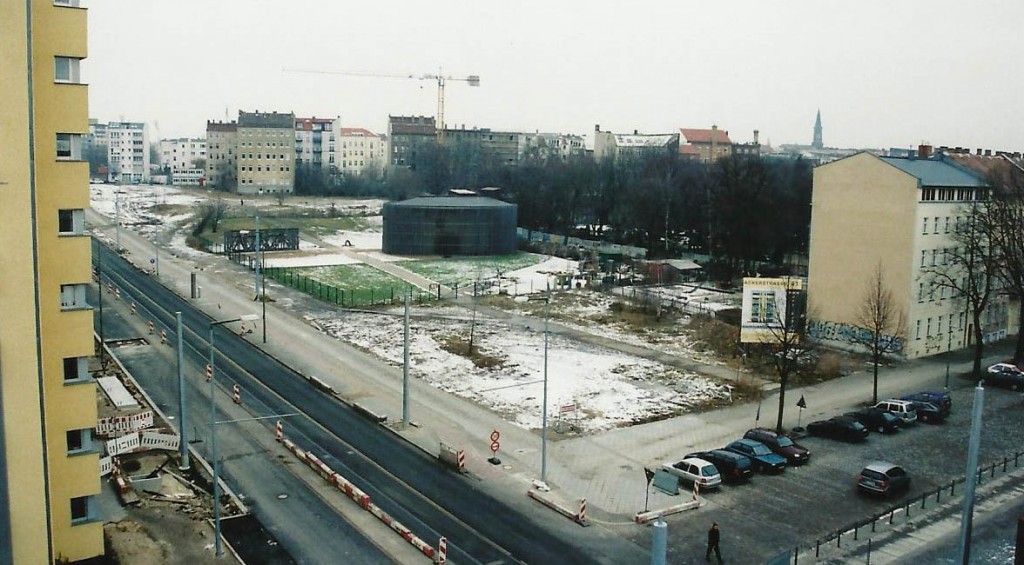
A-Bomb Museum, Hiroshima
Most people know the story–Japan attacked Pearl Harbour, America retaliated with the world’s first atomic bomb unleashing utter devastation upon thriving military port, Hiroshima. Of course the details are gruesome and shocking. What most affected me was that the people closest to the blast did not suffer horrific injuries, they were vaporised. All that remains are shadows imprinted on stone like an oversized photograph. How can you even begin to imagine that?
The children’s memorial is also a moving reminder of how the bomb continued to affect those not even hurt in the blast. 11 year old Sadako Sasaki, aged 2 when the bomb was dropped, believed that she would not die of leukemia if she folded 1000 paper cranes, the Japanese symbol of hope. When she realised that she would not get better she changed her wish that people would live in peace and there would be no more Hiroshimas. When she died her friends continued to fold the cranes. Now, thousands of coloured folded paper cranes decorate the city in the hope that the world will one day see true peace.
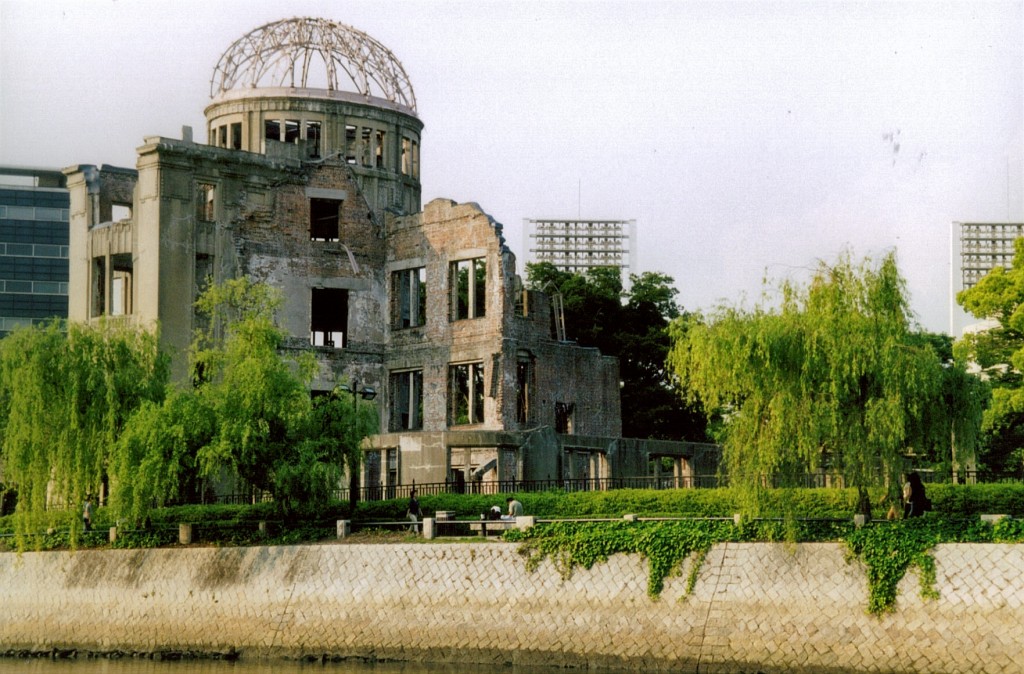
Coventry Cathedral, United Kingdom
Not technically a museum but a stark reminder of a world at war and a city that quite literally emerged from the ashes. The reason I have chosen to include this is because of a statue that is situated inside the grounds of the old, shell of a Cathedral. The Reconciliation, depicting a couple embracing over barbed wire, was designed by Josefina de Vasconcello to symbolise the reunion of nations at war. There are replica statues placed at Hiroshima’s A-bomb museum, Berlin’s Wall memorial and Stormont Castle in Belfast.
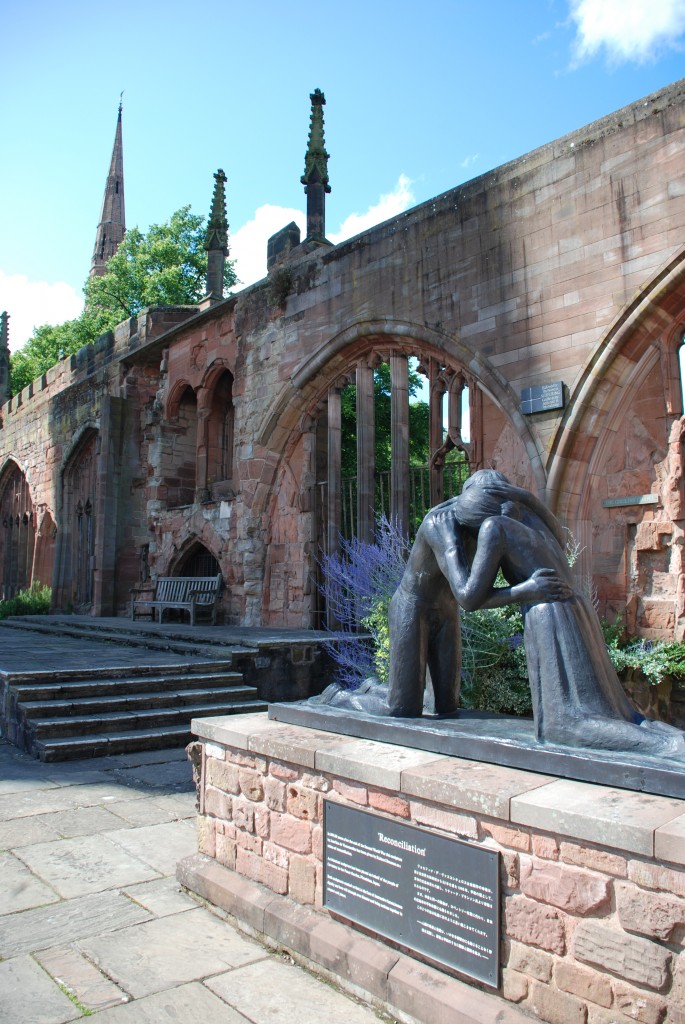
Bridge over the River Kwai/Hellfire Pass, Thailand
It was not until I visited Hellfire Pass in Kanchanaburi that I fully absorbed the truth of the World War. Yes, I had studied it at school but in England it was taught rather Eurocentrically – we looked at Germany and Britain. I didn’t realise that whilst Germany was rampaging through Europe, Japan was doing the same across South East Asia, perhaps with even more brutality. Thousands of prisoners of war were forced to build a ‘speed railway’ to transport goods from Burma to Singapore. Many died in the process. It is said that for every sleeper laid, a life was spent. 120,000 sleepers were laid. It is hardly a surprise that it is named the ‘Death Railway’.
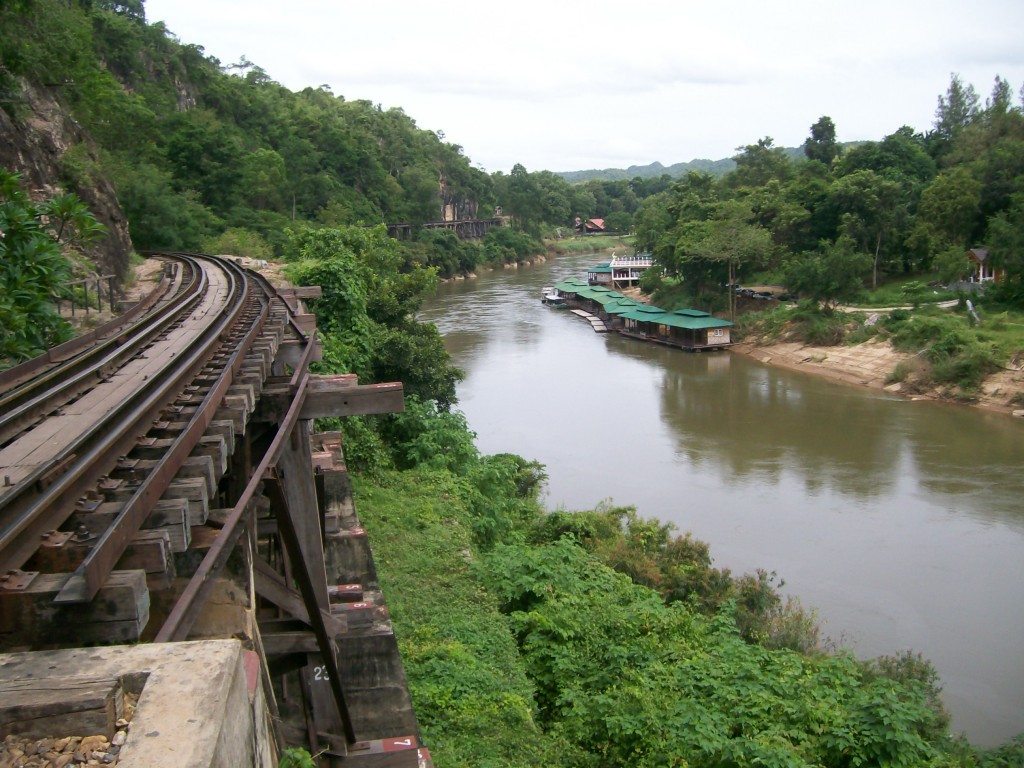
Tseul Sleng (S21) and the Killing Fields of Cheung Euk, Cambodia
This is the museum that I found the most difficult, maybe because this is history that was so new to me. Hearing about the Khmer Rouge’s bloody reign of terror in Cambodia really illustrated how warfare does not have to be one country against another but can be a country against its own people. The facts are shocking: babies bludgeoned to death, child soldiers, intellectuals and professionals rounded up and shot to ensure that there could be no education, and no healthcare. Entire cities emptied and thousands forced to live an agricultural life, where many died of starvation.
This museum is tough and leaves a bitter taste for a long time afterwards. But it was not the black and white images of countless victims, the torture implements, or even the gruesome signs instructing victims not to cry out when undergoing electrocution that I found the most difficult to deal with. It was the way that the dust underneath your feet unearths bones and rags of clothing as you walk around the killing fields of Cheung Euk. A constant reminder of the scale of the genocide committed there.
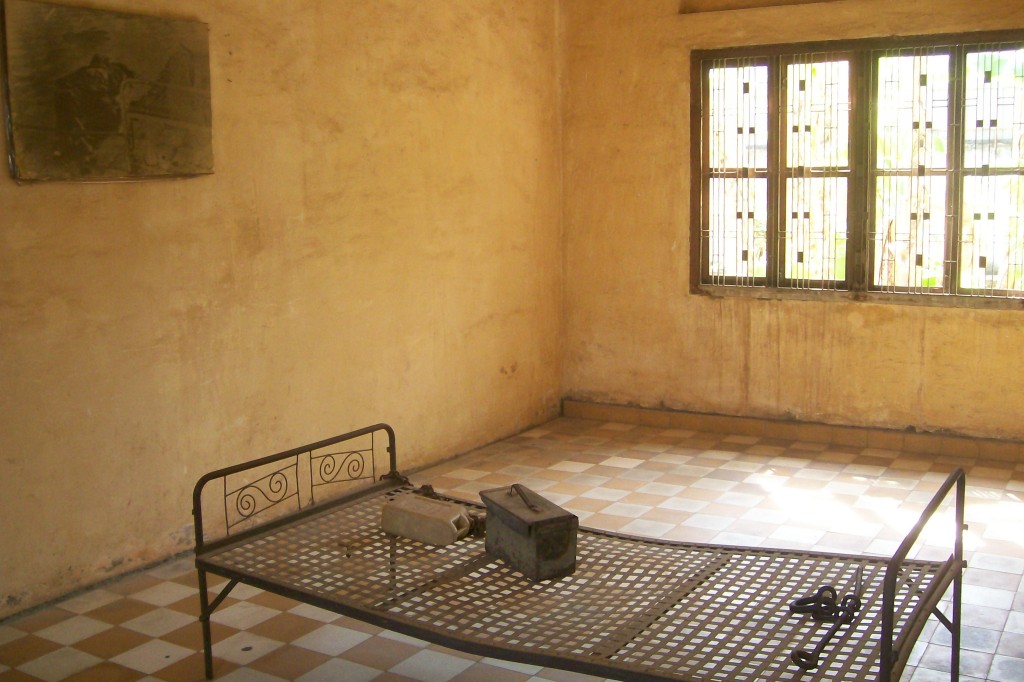
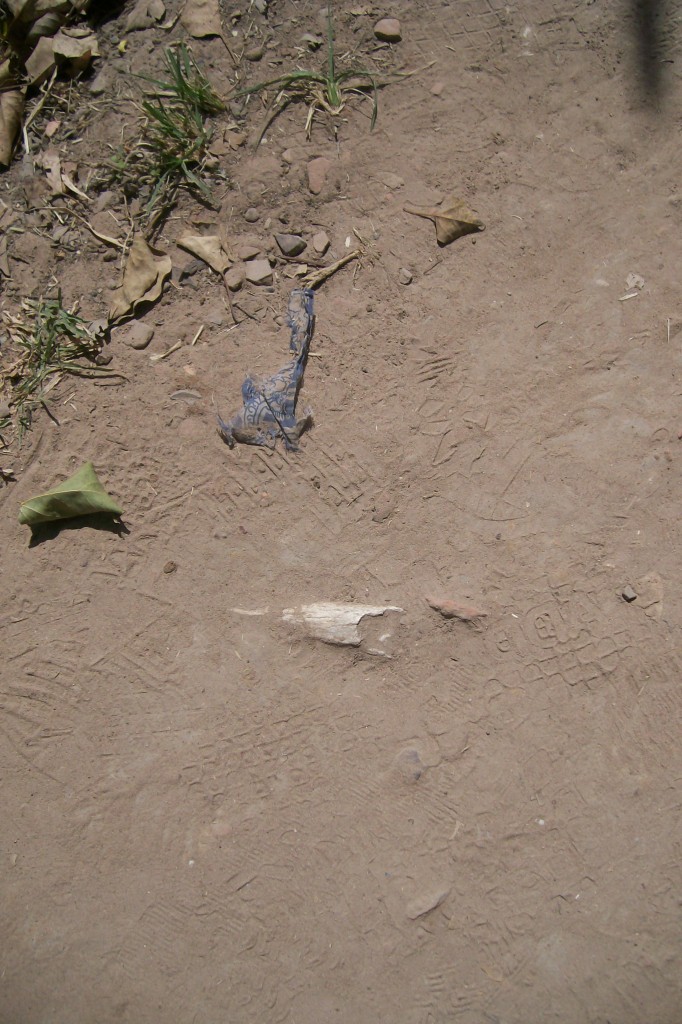
Although War Memorials are a sobering part of any trip they offer a chance for peace and solitary reflection as well as offering a valuable insight into the lives of people who have suffered and overcome atrocities that I am lucky never to have faced.
I’d love to hear your thoughts and comments on this topic, please drop me a line in the comments section below.

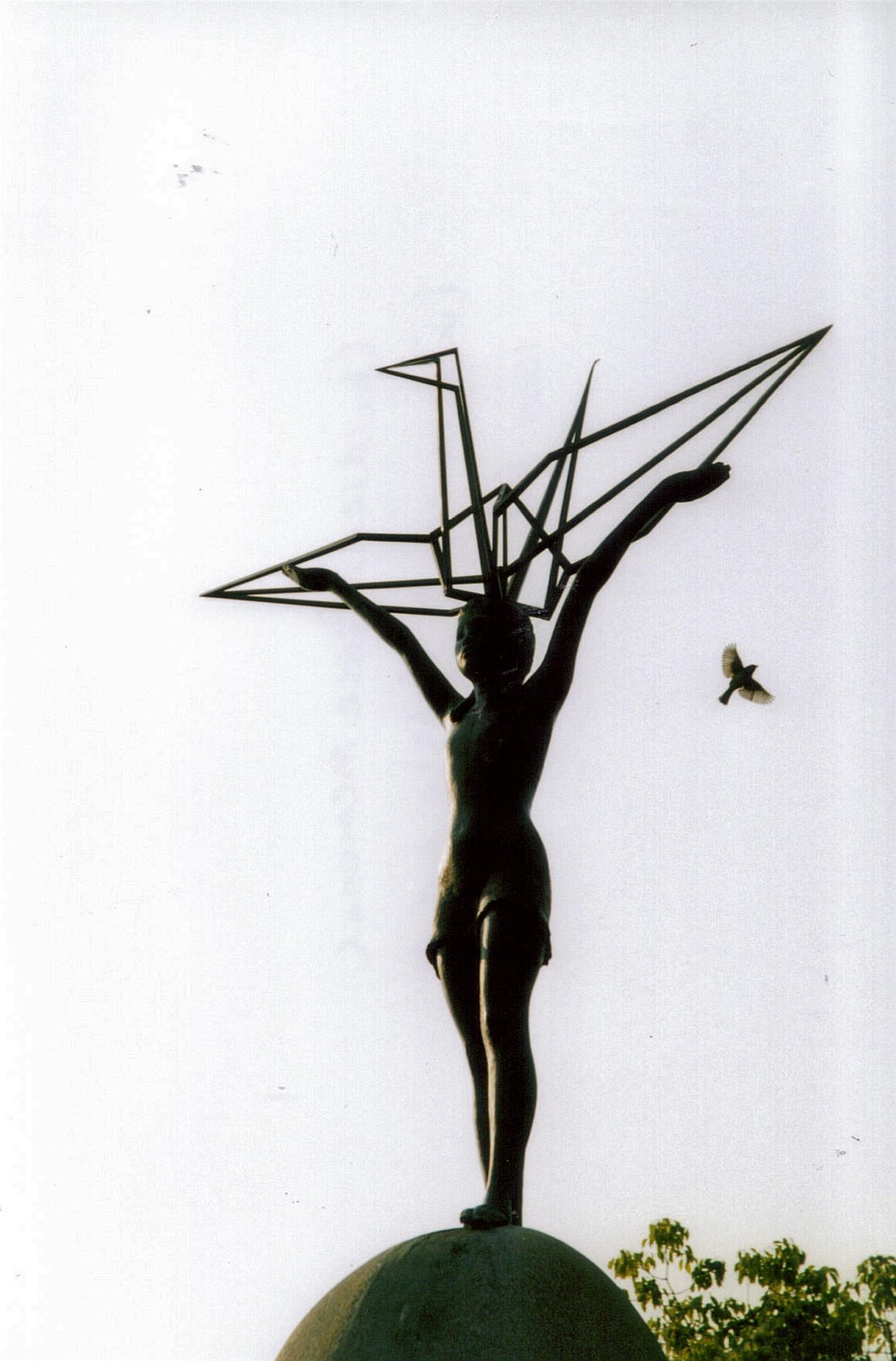
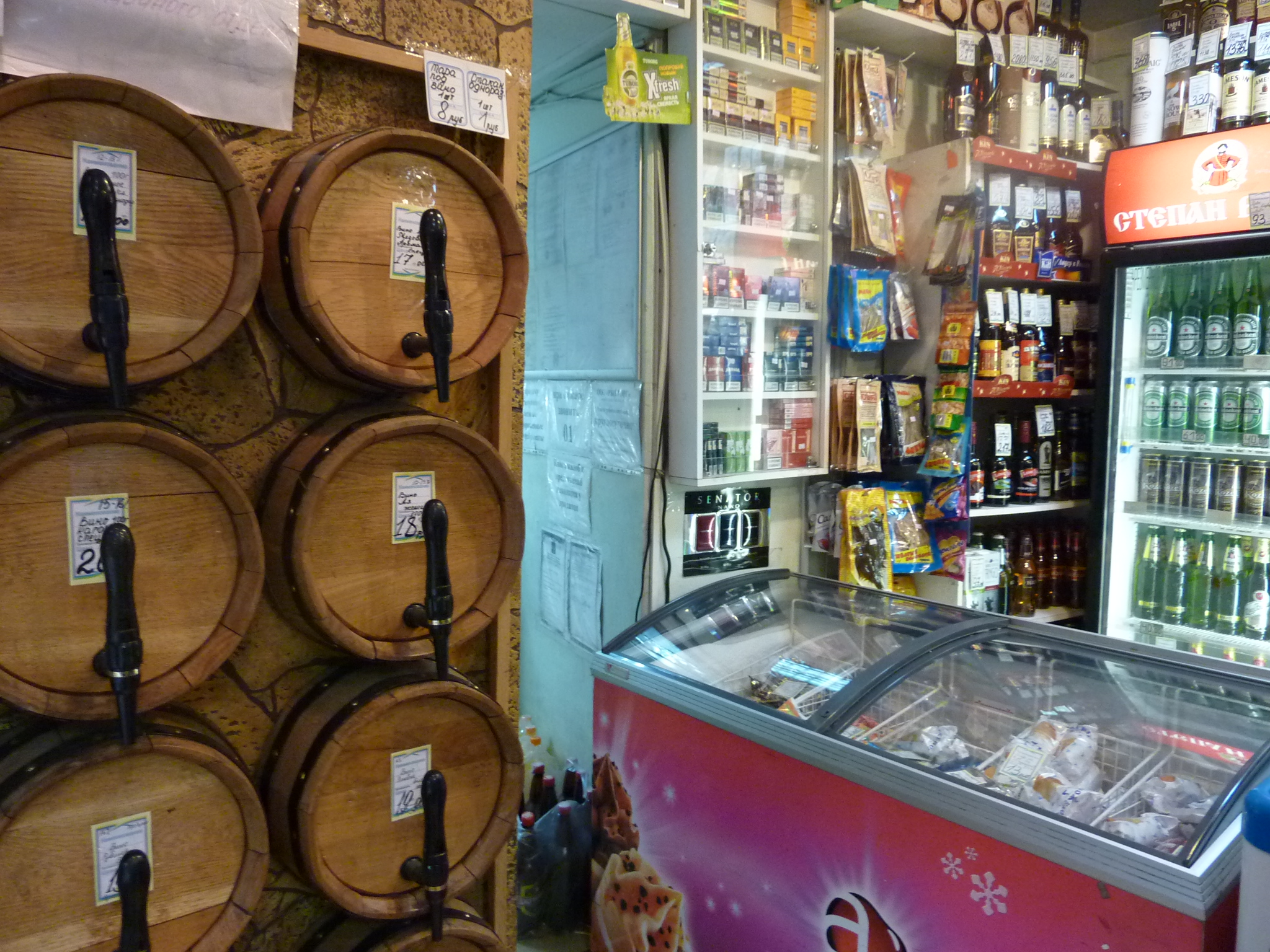
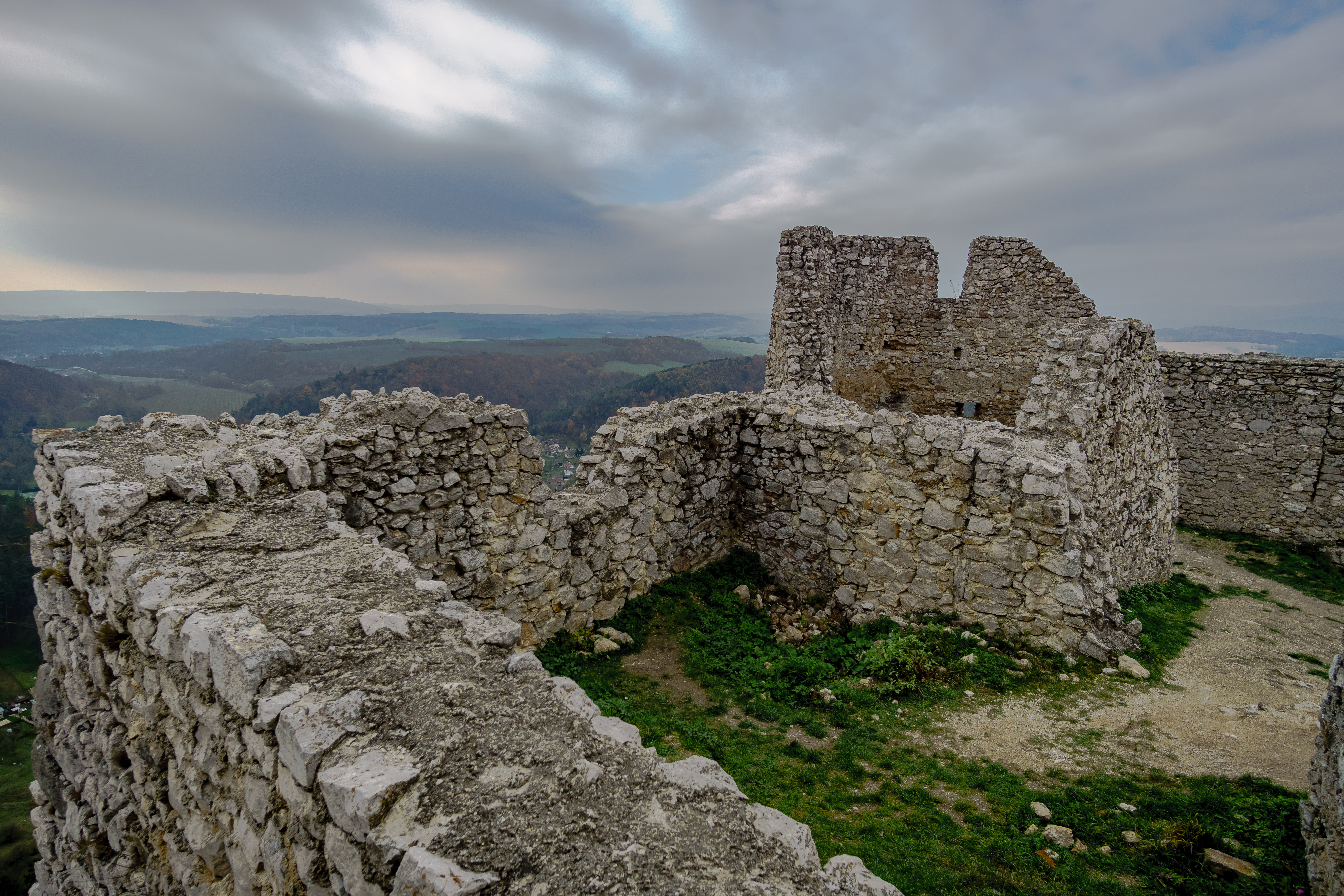
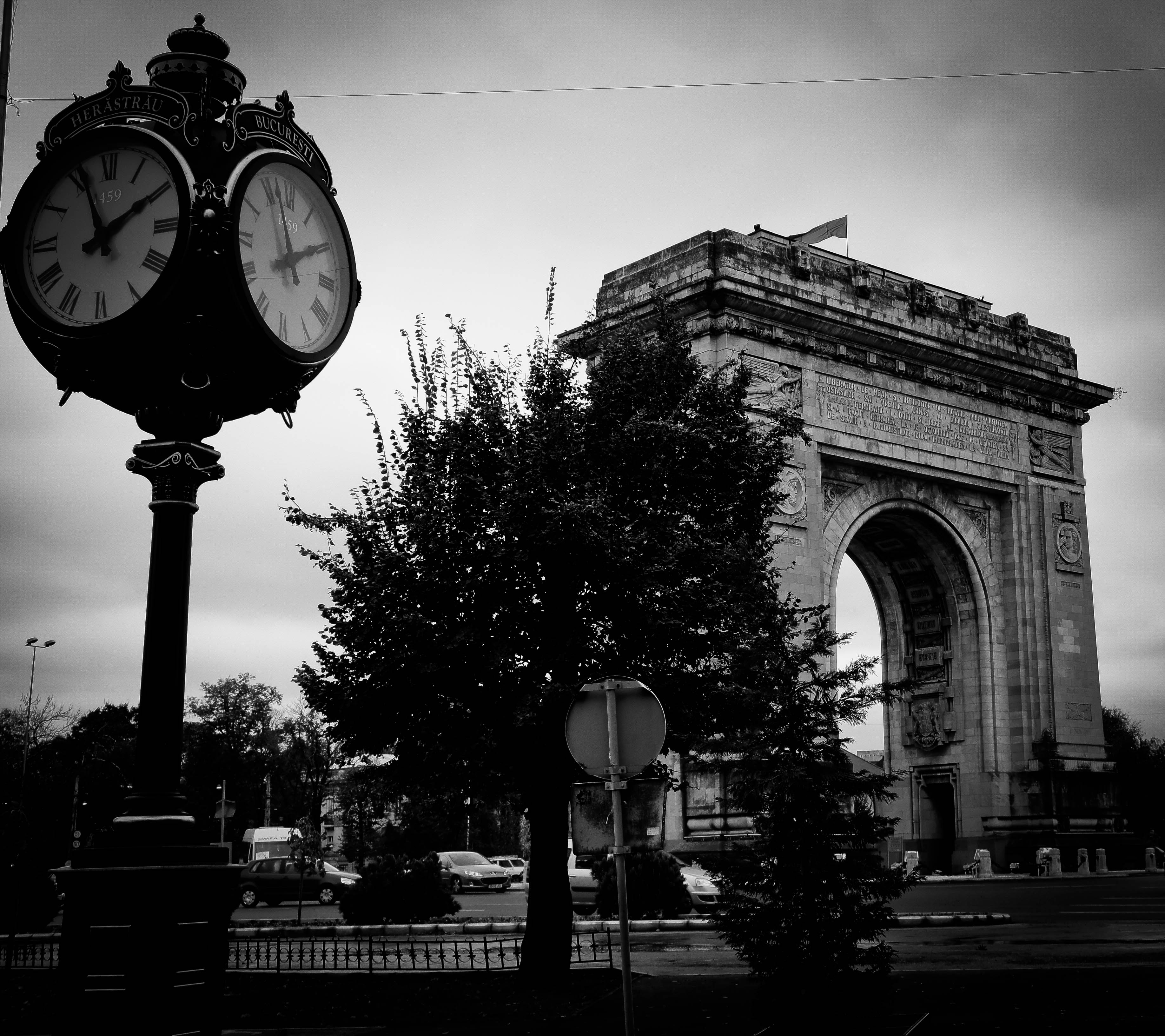
Great post! I agree with you that they provide insight and a chance to reflect on tragic parts of history that we should be reminded of.
We didn’t get a chance to get to the Killing Fields, though I wanted to as the history was a huge part of my childhood – and this probably reflects an age gap 🙁 – but it was continually in the news when I was growing up in Sydney, Australia, we had Cambodian refugees at my school, and I remember writing a story about it at age 10 that earned me an A+. I also remember seeing the movie The Killing Fields when it was released in the mid-80s and it was a huge box office hit. But we spotted a lot of the locations from the film in Phnom Penh when we were there recently, and met and talked to a lot of Cambodians who had lost their whole families during the period.
For the reasons you point out in relation to your visit to the Killing Fields, I think it’s important for people who haven’t grown up during these tragic periods in history to visit museums and learn about them. We actually just posted about our visit to the War Remnants Museum…
I was shocked and appalled to overhear a conversation between two young American backpackers who were looking at the horrific images of naked women and children who’d been raped, mutilated and murdered by American soldiers during the Mai Lai massacre – one girl thought the whole thing was Vietnamese propaganda as she didn’t believe the images to be true and hadn’t heard of the massacre before, while her male friend said he thought it was true as he’d seen something about it in the movies.
I didn’t know what to think was worse: the fact that they’d never learnt about it in school history classes; that they doubted the authenticity of images that were all too horribly real to me (many taken by some of the world’s finest war photographers); that they believed such a powerful exhibition of brutal reality could be propaganda; or that they learnt their history from the movies.
Thought provoking post! Thanks!
I also just recently visited the War Remnants Museum and blogged about it: http://theworldwanderer.wordpress.com/2011/07/15/war-remnant-museum-reactions-and-reflections/. For me, as a young American, it was life-changing. Unfortunately, I don’t think the youth in America really understands what happened there, and I didn’t realize how devastating it was until my visit to the museum. A lot of times in history class, the teachers breeze past modern history, as the end of the school year comes up and it’s truly unfortunate. In talking to my mom, who was a young adult at the time, she was able to share just how bad it was with me, and I became upset that I was never made aware of it. After visiting, I knew I had to inform others about what it was like. My goal now, as a teacher, is to share what I learned with my students, so that they can know the truth.
I found the museum to be very accurate and non-biased. It’s unfortunate that people who would go all the way to Vietnam and visit the War Museum would doubt the authenticity of what they saw. I really hope they learned something that day.
Thanks for the comment. I too am amazed that my education did not even cover the Vietnam/American conflict when it was such a large aspect of my parents generation. I will check out your post, thanks for the link!
Thank you very much for your comment. It must have been fascinating to have Cambodian refugees as classmates, I can’t imagine what it must be like to escape from something like that – it certainly puts things into perspective doesn’t it. I shall check out your post on the War Remnants museum.
I have been to Tuol Seng, the A-bomb Museum, and the River Kwai, as well as Auschwitz and Majdanek in Poland. I don’t know why I do this to myself, but I think it is crucial we learn about these tragedies in order to do what we can to prevent future incidents. At least this is what I tell myself, but it does not seem to work as large scale atrocities continue.
Traveling Ted recently posted..A tale of two trips: it was the best and worst of adventure travel
I agree with you. How is it possible that such terrible things still continue in our world when we have so many stark reminders of how evil humanity can be? At least war museums also remind us that there can be recovery too. Thanks for the comment.
I can’t say I have ever been to a war museum! I think it is very important that places like those exist as a stark reminder that we don’t repeat history, but they don’t seem such appealing places to visit.
My dad, however, has visited Auswitz. I think I have told you about him before, but he is a man’s man (i.e. definately not much of a cryer!).
When he came home from that trip he was depressed for a week. He said he had cried the whole way through the tour!
Jordan recently posted..David vs Goliath
I think you are right. It feels pretty macabre walking around them but if we didn’t how would we ever begin to comprehend what happened? I haven’t been to Auschwitz but I will do one day.
As horrendous as these places are…there is something strangely awe-inspiring about them as you point out. They are almost so shocking, that they have a very different kind of motivation and leave a lasting impression on us…if everybody visited them…I think we’d struggle to find as much horrendous stuff going on today!
I saw that you were currently travelling Europe…if you still are and are intending to go to Poland, you have to go to Auschwitz. It’s frighteningly close to home and is only an hours drive from the stunning city of Krakow. It’s true the birds don’t sing there and is one of the most sombre, yet lasting, experiences I have ever had.
I am not a religious person although I do understand and appreciate people’s faiths…it’s one of the few places in the world that really feels separated from God’s gaze/care (I heard several people saying this).
I always feel awkward suggesting people visit although I say it to absolutely everybody because I think it’s vital that people do so. In a totally different way to many of the stunning places you’ve visited…Auschwitz is equally amazing.